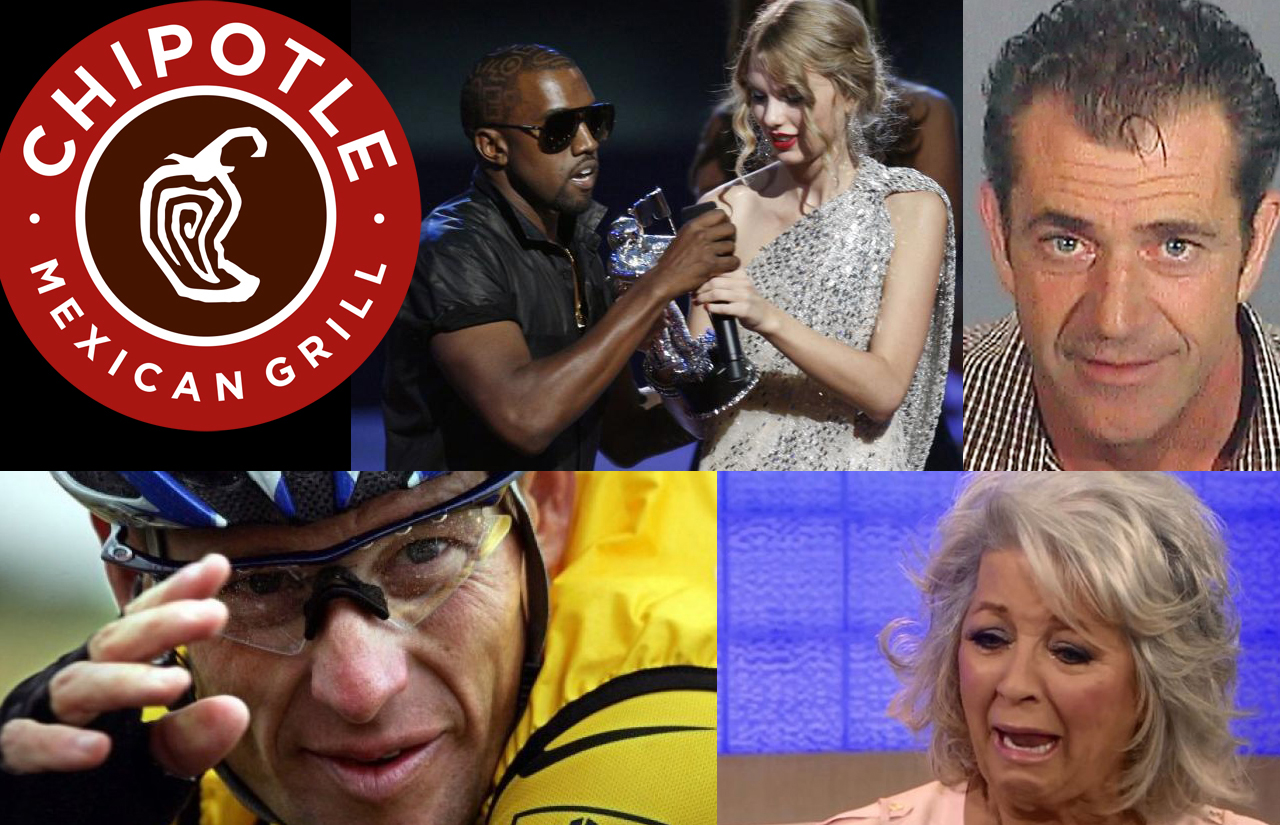A new book by Illinois State University’s Joseph Blaney is turning the repair of damaged images into a science.
A professor of communication, Blaney is the editor and an author of the recently released Putting Image Repair to the Test: Quantitative Applications of Image Restoration Theory. The book shines new light on repairing tarnished images, and public perception of scandals.
“So much of what image practitioners do is based upon folk wisdom and examples,” said Blaney, who has dedicated research to public perception of image for the past 20 years. “With this book, we have data and quantifiable evidence that will empower people in the field to make predictions. This takes the field in a whole new direction.”
Shifting image repair from a case-study approach to a scientific approach first intrigued Blaney while writing with the leading author in image-repair texts—William Benoit. “It was Dr. Benoit who first wrote about ‘restoration theory’ for public figures,” said Blaney, who also studied under Benoit. After working and researching in the field for years, Blaney said he began to explore criticisms that restoration theory was more “descriptive typology” than a provable theory. In response, he set about pulling in experts from the field to explore quantitative data and analysis in image restoration.
 With input from more than 20 scholars, Putting Image Repair to the Test examines everything from failed humor to the impact of apologies on public perception, all from a social science approach.
With input from more than 20 scholars, Putting Image Repair to the Test examines everything from failed humor to the impact of apologies on public perception, all from a social science approach.
Benoit gave his blessing for the book, and penned the chapter on the debate over apologies. “Based on the case-study approach, we found that some people would avoid mortification because lawyers advised against it,” said Blaney, who noted the new book proves that can be a valid approach. “With the scientific study, we found you don’t always want to go right away to mortification—or rely solely on mortification—because it increases your appearance of blame. Now we are able to measure that, and help practitioners find the right balance.”
The new book also delves into how social media impacts image reparation, sometimes with unnerving results. “We always believed that attacking one’s accuser made you look less apologetic, and thus had people identify with the accuser. But we are finding that is not the case on social media,” said Blaney, who noted social media makes it easy for “surrogates” to pick up conversations and quickly turn them. “Under the new model, you have a surrogate begin to attack the accuser, and all of a sudden the story has changed.
There appears to be evidence that is more effective, albeit morally troubling.”
Blaney hopes Putting Image Repair to the Test will give those in the image repair field new insights, while strengthening the field itself. “We now have scientific evidence for claims that have been made over the years. It’s a good step forward.”
To reach Blaney, who is also the author of Repairing the Athlete’s Image and serves as an associate dean at Illinois State’s College of Arts and Sciences, contact MediaRelations@IllinoisState.edu, or (309) 438-5744.


